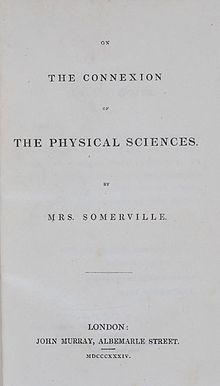
Allotropy or allotropism is the property of some chemical elements to exist in two or more different forms, in the same physical state, known as allotropes of the elements. Allotropes are different structural modifications of an element: the atoms of the element are bonded together in different manners. For example, the allotropes of carbon include diamond, graphite, graphene, and fullerenes.
Science is a rigorous, systematic endeavor that builds and organizes knowledge in the form of testable explanations and predictions about the world. Modern science is typically divided into three major branches: the natural sciences, which study the physical world; the social sciences, which study individuals and societies; and the formal sciences, which study formal systems, governed by axioms and rules. There is disagreement whether the formal sciences are science disciplines, as they do not rely on empirical evidence. Applied sciences are disciplines that use scientific knowledge for practical purposes, such as in engineering and medicine.
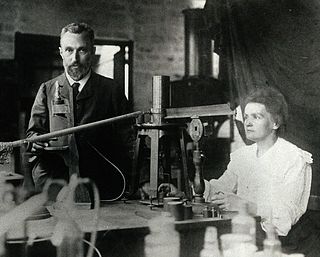
A scientist is a person who researches to advance knowledge in an area of the natural sciences.
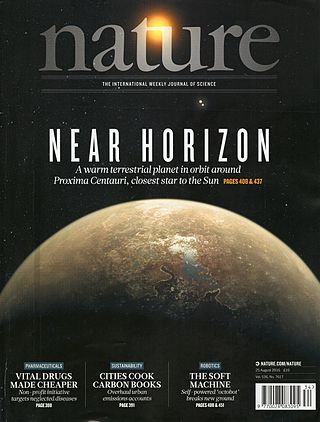
Nature is a British weekly scientific journal founded and based in London, England. As a multidisciplinary publication, Nature features peer-reviewed research from a variety of academic disciplines, mainly in science and technology. It has core editorial offices across the United States, continental Europe, and Asia under the international scientific publishing company Springer Nature. Nature was one of the world's most cited scientific journals by the Science Edition of the 2022 Journal Citation Reports, making it one of the world's most-read and most prestigious academic journals. As of 2012, it claimed an online readership of about three million unique readers per month.

Popular science is an interpretation of science intended for a general audience. While science journalism focuses on recent scientific developments, popular science is more broad ranging. It may be written by professional science journalists or by scientists themselves. It is presented in many forms, including books, film and television documentaries, magazine articles, and web pages.
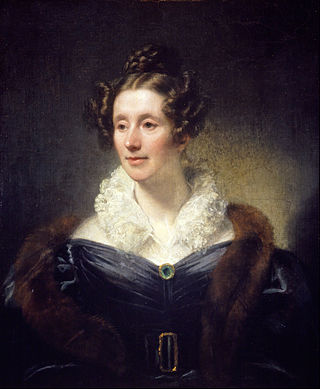
Mary Somerville was a Scottish scientist, writer, and polymath. She studied mathematics and astronomy, and in 1835 she and Caroline Herschel were elected as the first female Honorary Members of the Royal Astronomical Society.

A science book is a work of nonfiction, usually written by a scientist, researcher, or professor like Stephen Hawking, or sometimes by a non-scientist such as Bill Bryson. Usually these books are written for a wide audience presumed to have a general education rather than a specifically scientific training, as opposed to the very narrow audience that a scientific paper would have, and are therefore referred to as popular science. As such, they require considerable talent on the part of the author to sufficiently explain difficult topics to people who are totally new to the subject, and a good blend of storytelling and technical writing. In the UK, the Royal Society Prizes for Science Books are considered to be the most prestigious awards for science writing. In the US, the National Book Awards briefly had a category for science writing in the 1960s, but now they just have the broad categories of fiction and nonfiction.
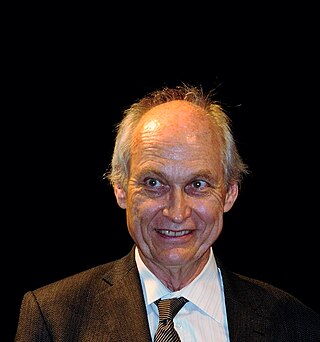
Michael S. Turner is an American theoretical cosmologist who coined the term dark energy in 1998. He is the Rauner Distinguished Service Professor Emeritus of Physics at the University of Chicago, having previously served as the Bruce V. & Diana M. Rauner Distinguished Service Professor, and as the assistant director for Mathematical and Physical Sciences for the US National Science Foundation.

Philip Morrison was a professor of physics at the Massachusetts Institute of Technology (MIT). He is known for his work on the Manhattan Project during World War II, and for his later work in quantum physics, nuclear physics, high energy astrophysics, and SETI.

Cosmology is a branch of physics and metaphysics dealing with the nature of the universe, the cosmos. The term cosmology was first used in English in 1656 in Thomas Blount's Glossographia, and in 1731 taken up in Latin by German philosopher Christian Wolff, in Cosmologia Generalis. Religious or mythological cosmology is a body of beliefs based on mythological, religious, and esoteric literature and traditions of creation myths and eschatology. In the science of astronomy, cosmology is concerned with the study of the chronology of the universe.
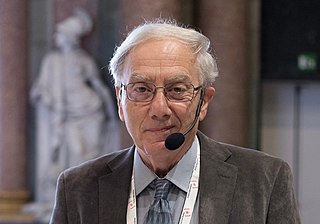
Mario Livio is an astrophysicist and an author of works that popularize science and mathematics. For 24 years (1991–2015) he was an astrophysicist at the Space Telescope Science Institute, which operates the Hubble Space Telescope. He has published more than 400 scientific articles on topics including cosmology, supernova explosions, black holes, extrasolar planets, and the emergence of life in the universe. His book on the irrational number phi, The Golden Ratio: The Story of Phi, the World's Most Astonishing Number (2002), won the Peano Prize and the International Pythagoras Prize for popular books on mathematics.
Bernard Michael Haisch is a German-born American astrophysicist who has done research in solar-stellar astrophysics and stochastic electrodynamics. He has developed with Alfonso Rueda a speculative theory that the non-zero lowest energy state of the vacuum, as predicted by quantum mechanics, might provide a physical explanation for the origin of inertia, and might someday be used for spacecraft propulsion. Haisch has advocated the serious scientific study of phenomena outside the traditional scope of science and is known for his interest in the UFO phenomenon as well as a variety of other unorthodox topics.
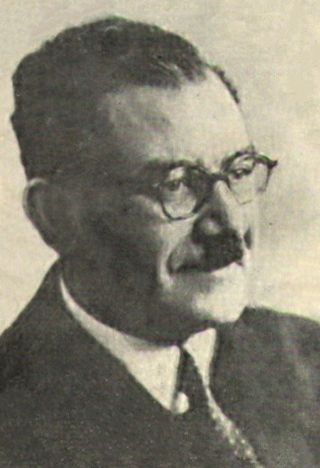
Dr. Ali Moustafa Attia Mosharrafa was an Egyptian theoretical physicist. He was a Professor of Applied Mathematics at Cairo University and also served as the first dean. He contributed to the development of Quantum theory as well as the Theory of relativity.

Frances Elizabeth Somerville Alexander was a British geologist, academic, and physicist, whose wartime work with radar and radio led to early developments in radio astronomy and whose post-war work on the geology of Singapore is considered a significant foundation to contemporary research. Alexander earned her PhD from Newnham College, Cambridge, and worked in Radio Direction Finding at Singapore Naval Base from 1938 to 1941. In January 1941, unable to return to Singapore from New Zealand, she became Head of Operations Research in New Zealand's Radio Development Lab, Wellington. In 1945, Alexander correctly interpreted that anomalous radar signals picked up on Norfolk Island were caused by the sun. This interpretation became pioneering work in the field of radio astronomy, making her one of the first women scientists to work in that field, albeit briefly.
Mary Teresa Brück was an Irish astronomer, astrophysicist and historian of science, whose career was spent at Dunsink Observatory in Dublin and the Royal Observatory Edinburgh in Scotland.
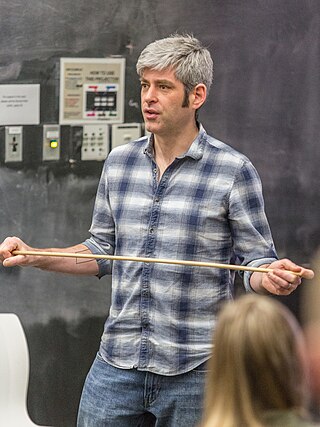
Daniel Wayne Hooper is an American cosmologist and particle physicist specializing in the areas of dark matter, cosmic rays, and neutrino astrophysics. He is a senior scientist at Fermi National Accelerator Laboratory and a professor of astronomy and astrophysics at the University of Chicago.
Robyn Arianrhod is an Australian science writer historian of science known for her works on the predecessors to Albert Einstein, on Émilie du Châtelet and Mary Somerville, and on Thomas Harriot.

Sir Edmund Taylor Whittaker was a British mathematician, physicist, historian of science, and philosopher who authored three titles that remain in circulation over a century after their initial publications. His bibliography includes several books and over one hundred published papers on a variety of subjects, including mathematics, astronomy, mathematical physics, theoretical physics, philosophy, and theism. Whittaker's bibliography in the Biographical Memoirs of Fellows of the Royal Society categorises his publications into three categories: books and monographs, maths and physics articles, and biographical articles; the bibliography excludes works published in popular magazines like Scientific American. The bibliography includes eleven total books and monographs, fifty-six maths and physics articles, thirty-five philosophy and history articles, and twenty-one biographical articles. In the bibliography compiled by William Hunter McCrea in 1957, there are thirteen books and monographs and the same journal articles; McCrea counts all three volumes of A History of the Theories of Aether and Electricity as separate books and excludes the same papers. Whittaker's contributions to Scientific American include two book reviews and a popular article on mathematics.
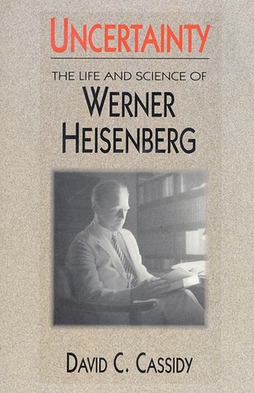
Uncertainty: the Life and Science of Werner Heisenberg is a biography by David C. Cassidy documenting the life and science of Werner Heisenberg, one of the founders of quantum mechanics. The book was published in 1992 by W. H. Freeman and Company while an updated and popularized version was published in 2009 under the title Beyond Uncertainty: Heisenberg, Quantum Physics, and The Bomb. The book is named after the quantum mechanics concept known as Heisenberg's uncertainty principle. It has been reviewed many times and was generally well received.
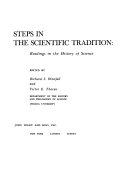
Steps in the Scientific Tradition: Readings in the History of Science is a 1968 anthology edited by Richard S. Westfall and Victor E. Thoren.
